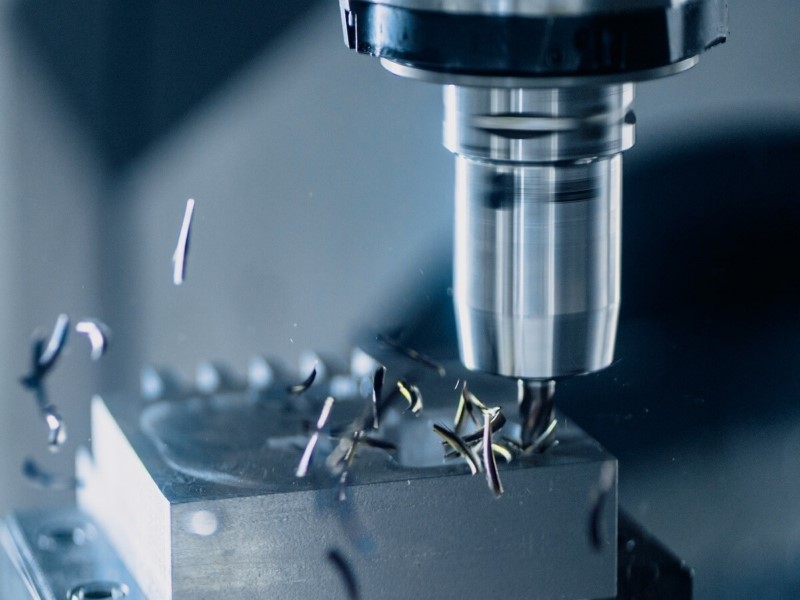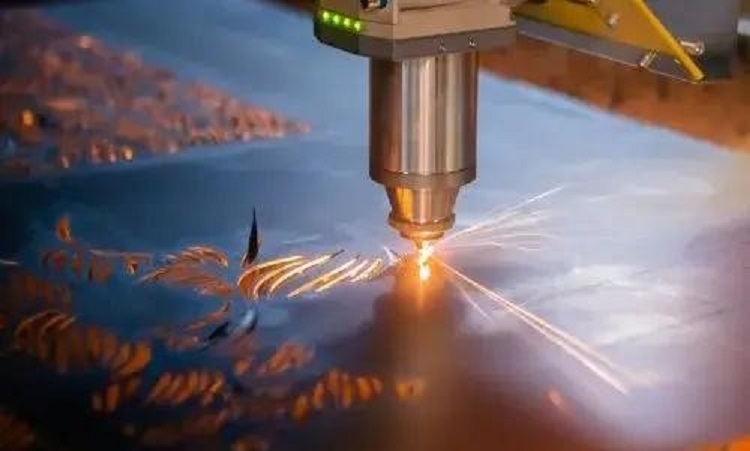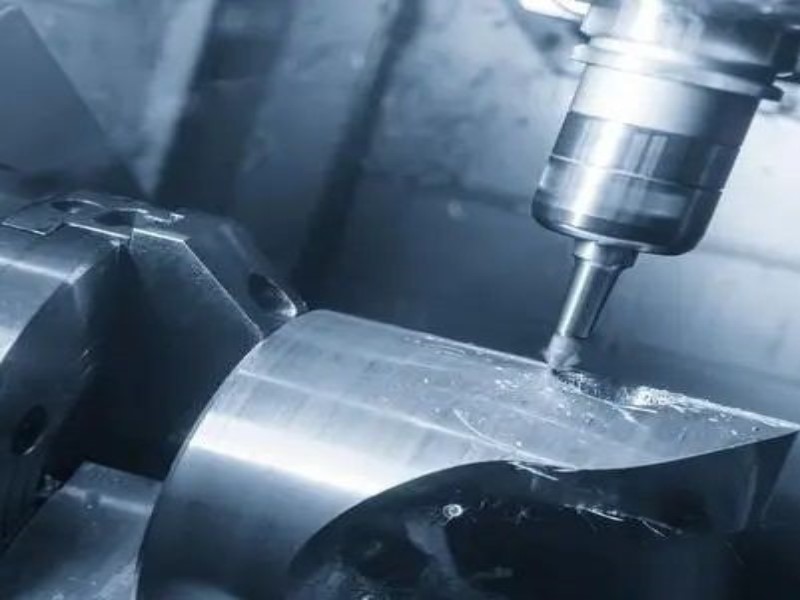What is up cut milling? Up-cut milling is one of the most popular milling techniques in the industry. Milling machines are essential tools for shaping and removing material from various workpieces. A key factor in the milling process is the relationship between the feed direction of the material and the rotational movement of the milling head. Let’s explore the advantages and disadvantages of the up -cut milling.
What Is Up Cut Milling
Up cut milling or conventional milling, is a machining process where the feed direction of the cutting bits is opposite to the rotation of the cutting blade. In this technique, the cutting edge engages the material at a zero thickness, gradually increasing to a maximum thickness as the cut progresses.
To answer the question: what is up cut milling? You should know that one of the key challenges of up milling is that the elevated temperatures at the end of the cut can cause chips to stick to the cutting edge, potentially leading to issues like edge frittering or carrying chips into subsequent cuts.
Despite these challenges, up milling is particularly recommended for use with ceramic inserts in heat-resistant alloys, as these materials are sensitive to impacts at the entry point of the workpiece.
Advantages of Conventional Milling
Now that you know what up-cut milling is, you may wonder and ask yourself, what is up-cut milling advantage over other milling methods. Here are a few good features to put into consideration:
Enhanced Safety
Up-cut milling significantly reduces the risk of accidents. Since the milling head rotates in the opposite direction to the feed, it minimizes the chances of your hands getting caught in the machine. Safety first!
Ideal for Older Machines
If you’re working with older milling machines that have a lot of feed latitude, up-cut milling is your best friend. It accommodates those quirks and ensures smoother operation.
Wood Milling Made Easy
When it comes to milling wood, up-cut milling is the way to go. It’s specifically recommended for this material, ensuring optimal results and reducing the risk of damage.
Efficient Coolant Use
Up-cut milling requires less coolant since it only needs to be applied at the cutting edge which not only saves resources but also simplifies the cooling process.
Burr Management
With up-cut milling, burrs are only formed on unfinished surfaces, which can be easily removed in subsequent passes. In this case, your workflow will be streamlined and the need for extra deburring processes will be eliminated.
Superior Surface Integrity
The engagement of the milling teeth with the material enhances surface integrity. This means you get a smoother finish and better overall quality in your work.
Higher Fatigue Limit
The surfaces produced through up-cut milling exhibit a higher fatigue limit, making them more durable and reliable for various applications.
Disadvantages of Conventional Milling
Next, we come up with another question which is what is up cut milling disadvantage comparing to other milling processes? Let’s discuss the drawbacks of up cut milling here:
Surface Quality Concerns
Up-cut milling often results in a less clean finish. The cutting action can lead to a rougher surface, which might not meet the desired quality standards.
Increased Tool Wear
The high pressure generated during the milling process can lead to significant wear on the cutting edges. This means you might find yourself replacing tools more frequently, which can be a hassle.
Higher Force Requirements
Milling in the opposite direction requires more force from the machine, as it can put additional strain on your equipment and may lead to quicker wear and tear.
Backlash Errors
Up-cut milling can introduce some backlash errors, which can affect precision and accuracy in your machining process.
Heat Diffusion Issues
The process can change the properties of the workpiece due to heat diffusion, potentially compromising the integrity of the material.
Workpiece Lifting
The forces at play can try to lift the workpiece off its fixture, necessitating additional clamping or securing measures to keep everything in place.
Cost Implications
What is up cut milling cost implication? Up-cut milling can be more expensive due to the increased tool wear and the need for more strong fixtures and equipment.
Chip Removal Challenges
Removing large amounts of chips during passes can create a risk of material accumulation on the machined surface, and that can lead to quality issues.
Friction and Temperature Risks
The quality of the finished product can be further affected due to the medium to high friction involved, which can increase working temperatures.
Surface Crushing
Another drawback of up cut milling that can lead to a decrease in overall quality is a risk of partial crushing of the machined surface, especially near the surface and in areas where chips are removed.
Potential for Tool Damage
If working parameters aren’t dialed in correctly, you might face issues like cutting blade chipping or build-up on the blade, which can damage your tools.
Tamping Effects
Next, what is up cut milling tamping effect? In traditional milling setups, the direction of forces can cause ‘tamping’ of the machined material, which can negatively impact the final product.
Surface Hardening
Last but not least comes the crushing forces that can lead to surface hardening after each pass, which, in return, might complicate further machining processes.

The Applications of Up Cut Milling
Now, the next and most important question should be raised here: what is up cut milling application? This method has many applications that are discussed below:
Preparatory Work
Up-cut milling is ideal for initial machining processes where a high level of surface finish is not critical. It leads to an efficient removal of a large amount of material before finer finishing operations are performed.
Machining Heat-Resistant Alloys
This technique is beneficial when working with materials that are difficult to machine, such as heat-resistant alloys, as it can help manage the stresses and heat generated during the milling process.
Challenging Workpiece Mounting
In situations where the workpiece cannot be firmly mounted, up-cut milling can be very suitable. One important benefit of this technique is that it allows for more flexibility in handling unstable or irregularly shaped materials.
Machining Polymers
The method is also particularly effective for machining polymers, as it helps in controlling chip removal direction. What is up cut milling application in this case, the answer is simple! It minimizes the risk of thermal deformation caused by hot chips falling back onto the machined surface.
Woodworking
Up-cut milling is commonly used in woodworking applications, especially for materials that have hard and wearing edge zones. It helps in achieving effective material removal while reducing the risk of damage to the workpiece.

Conclusion
In general, understanding what is up cut milling can greatly enhance your machining projects. This technique offers unique advantages which make it a popular choice for various materials, including wood and heat-resistant alloys. While it does come with some challenges, the benefits often outweigh the drawbacks, especially when used in the right applications. Therefore, up cut milling can be a valuable addition to your toolkit whether you’re a seasoned pro or just starting.

